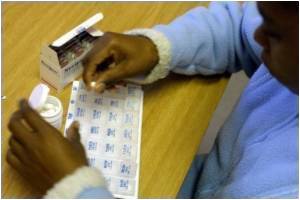Research in Marketing Science by Professor Kamel Jedidi, John A. Howard Professor of Business, Marketing, Columbia Business School; Professor Oded Netzer,

Through the econometric model, the researchers segment the physicians into three prescription behavior states. Over time physicians transition between the prescription behavior states. Detailing was particularly effective as an acquisition tool, moving physicians from the inactive state, whereas sampling is mostly effective as a retention tool, keeping physicians in a high prescription-behavior state. Professor Jedidi explains, "A possible explanation for this result is that when physicians are in the inactive use state, they are more receptive to new information about the drug. Then, as they move to the frequent state and are familiar with the drug, physicians can primarily benefit from receiving free samples to encourage them to keep prescribing the drug."
Furthermore, the study demonstrates that ignoring the dynamics in physician-buying behavior and the long-term effects of marketing activities leads to suboptimal allocation of marketing interventions, which has applications to marketers in other fields. Professor Netzer elaborates, "In this research we address key managerial questions, including what are the short and long-term effects of marketing activities and how a firm should target its marketing efforts. Companies spend more than $150 billion a year on direct marketing in the United States alone. To optimally allocate marketing efforts across customers, a firm needs to consider the evolution of its customers over time."
The study highlights the possible substantial financial implications from simultaneously accounting for the dynamics in consumer behavior and the long-term effect of marketing actions when allocating marketing resources.
Source-Eurekalert










